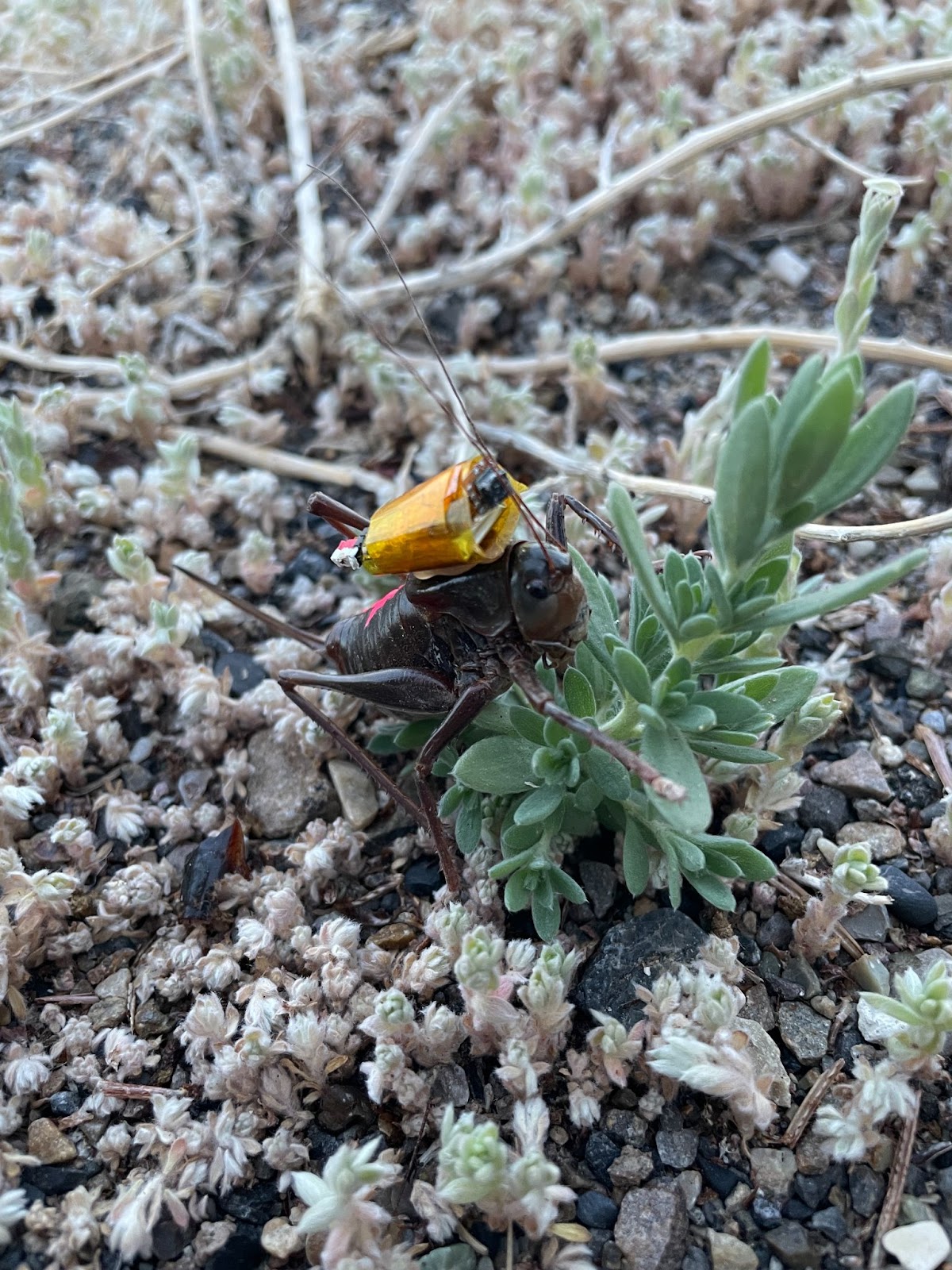Investigating Organic Soil Matter in the Sagebrush Ecosystem of Jonah Field, WY, Following Disturbance
Myroslav, under the mentorship of PhD candidate Damaris Chenoweth, is investigating how soil disturbances from gas development at the Jonah field affect the sagebrush ecosystem in Wyoming. His research focuses on understanding how well pad construction for hydraulic fracturing influences sagebrush regeneration— a key challenge for conservation. The project combines remote sensing and field-based methods. First, Myroslav is conducting a temporal analysis of well pad expansion from 2015 to the present using satellite imagery. Second, he is collecting and analyzing soil samples from both disturbed and undisturbed sites to assess changes in soil organic matter. Read more here.
Environmental Law as a Catalyst for Justice: Bridging Legal Frameworks and Grassroots Advocacy in Bozeman, Montana

This summer, Bella is working with Cottonwood Environmental Law Center, a nonprofit organization based in Bozeman, Montana. Cottonwood aims to protect the people, forests, water, and wildlife of the American West primarily through conversation lawsuits and educational campaigns. Her work is focused on prosecuting the Yellowstone Club for dumping treated sewage into the Gallatin River, ensuring bison are able to roam freely on public lands in the great Yellowstone ecosystem, and protecting the rights of cities to establish their own single-use plastic regulations. She hopes to explore how bridging legal frameworks with local advocacy can create a powerful catalyst for environmental justice in Montana. Read more here.
Considering Water Allocation Models in Climate Vulnerable Regions

This summer, Alaina is investigating water allocation reform models. She is engaging with water practitioners in the Western US and South Africa, one of few global examples of water rights reform aimed at undoing systemic unequal water access. Through conversations about shared pressures of climate change, growing populations, and colonial legacy, Alaina hopes to gain practitioner-oriented insights about challenges and potential applications for water law reform. Read more here.
Ceramics is to Clay: Pueblo Connections to the Environment and Cultural Continuity

Pueblo pottery is a tangible element of ancestral ties to place and cultural continuity that is used to protect cultural landscapes. These landscapes face ongoing threats due to environmental contamination, energy development, and water management initiatives. Carine’s research aims to understand the reciprocal relationship between ceramics and the environment through understanding the process-of-making pottery as a place-making practice. Read more here.
Why did the Mormon cricket cross the road? Ask the people that live there.

In the Intermountain West, outbreaks of Mormon crickets (Anabrus simplex) are more than a nuisance—they are a reminder of the unruly rhythms of nature. Their sudden appearances can stall traffic, damage crops, and stir old stories, impacting not just the economy but the rhythms and relationships of life in the Great Basin. Li’s research combines satellite imagery, drones, and ground-level tools to trace where these insects go, what draws them, and how their movements intersect with fences, roads, and people.d construction for hydraulic fracturing influences sagebrush regeneration— a key challenge for conservation. Read more here.
Long-term Recovery of Herbaceous Production and Plant Functional Type Composition on Reclaimed Well Pads in the Jonah Field
Jianing is investigating how aboveground net primary production (ANPP) and plant functional type composition recover over time on reclaimed gas well pads and in adjacent undisturbed areas in Jonah Field. The Jonah Field, located in the Upper Green River Basin of southwestern Wyoming, is a major site of natural gas development within dryland ecosystems, where energy infrastructure has led to long-lasting ecological disturbances that alter ecosystem carbon dynamics. Read more here.
Radiation Use Efficiency in the Western Great Plains

Aboveground net primary production (ANPP) in drylands is often estimated using the Monteith Model. This model relies on an estimation of radiation use efficiency (RUE), which is the amount of dry matter produced per unit of absorbed photosynthetically active radiation. While ANPP trends are well studied, RUE remains less explored, particularly regarding the role of photosynthetic pathways (C3, C4, CAM). Isabella’s research will determine differences in radiation use efficiency between C3 and C4 dominated systems. Read more here.
